
Food photo created by freepik – www.freepik.com
Are you running a location-based business (like a retail shop, bakery, hair salon, or tuition centre) serving a community in Singapore? Need help to craft social media content for your local business—focused on ideas specifically targeting your immediate neighbourhood?
In this article, you will learn how to build a pipeline of relevant local content for your social media marketing efforts reaching customers living or working close to your location.
The goal of these content suggestions is to position your business as a trusted and liked online community hub for your potential customers in your local estate.
This could be your Facebook Page or Groups, Instagram Accounts, TikTok Account, Twitter Account, or YouTube Channel.
Doing so will help you to grow your online community, engage community members, drive leads and sales, and foster customer loyalty.
(You can read more about growing your community in this comprehensive guide.)
Ready to rock and roll in your local social media marketing efforts? Read on!
Zoom in on Your Local Customer Avatar
![]()
Business vector created by studiogstock – www.freepik.com
Begin with identifying who your nearby customers are, and develop a comprehensive customer avatar.
Ask yourself the following questions:
- Who are my customers? Where do they live or work? If you’re a local business, they typically come from around your vicinity and region.
- What are their interests, behaviours and lifestyles like? How do these overlap with my product or service?
- What are some of their problems and how can I offer helpful content to solve these problems?
- What are their dreams and desires? What does success look like to them?
- What are some of their “trigger” events? These may include getting married, giving birth to a child, graduation, finding a first job, retirement, or picking up a hobby.
- How is a day-in-their-life like? What would they be doing from dawn till dusk?
As you answer these questions, potential social media content topics may slowly start bubbling up.
Overlap Customer Concerns with Your Product Category

After you’ve derived who your targeted customer is, your next question should be this:
How can you create content relevant to BOTH your product/industry AND your customer?
Here, it pays to draw your circle slightly broader so that you don’t just talk about your products, but your customer’s sphere of concern.
For instance, if you’re a barber shop, you can talk about fashion styling tips for different hair styles, shampoos for different hair types, ways to protect your hair from the weather, etc.
Similarly, if you sell cooked food, you can talk about home-cooked versus takeaways, the nutritional benefits of different ingredients, or the amount of calories you need per day.
And if you’re a retailer of household items, you can offer cleaning tips at home, DIY ways to fix a broken light bulb, or how to best sun your clothes to get rid of odour.
In short, expand your content repertoire to include related topics of interest.
Tune in to Local Happenings

Which brings us to our next point: talk about what’s happening in your side of town.
As a local business that uses social media channels to reach your fans, act like the town crier. Share local news that would impact the lives (and livelihoods) of residents in your vicinity.
Information such as these would be valuable (and relevant) to your target audience:
- Interesting places to visit in your neighbourhood
- Popular food and drinking haunts
- Parks and play areas (especially for kids)
- Personalities (eg shopkeepers) in the neighbourhood—human interest stories always work
- Events and happenings (eg a football tournament, a race, a cycling event) in the area
Build Relevant Content Categories

Once you’ve got the different content ideas assembled, you’ll need to sort them out into discrete categories.
(We call them content pillars in content marketing jargon.)
These categories will depend on your trade. Using a neighbourhood bakery as an example, they may cover the following content categories:
- Customer Education: Eg “How to prepare the perfect French Toast?” “What breakfast foods are the most nutritious?” “How to choose the best breads for your sandwiches?”
- Product Spotlight: Eg “Our sourdough is made from the finest flours milled from organic wheat.” “Every butter-sugar loaf is baked with love and passion.”
- Behind-the-Scenes: Eg “Watch how our chief baker Ronnie kneads and tosses the dough!” “Today, we’re visiting the top flour mill in Singapore.” “Yeasty-day we got our new batch of baker’s yeast from ______.”
- News and Views: Eg “How do we keep our bakery hygienic and safe from Covid-19? Watch our disinfection process here.”
- Human Stories: Eg “When I was young, I loved visiting the bakery—the aromas, sounds and sights of freshly baked bread filled my heart with warmth!” “Mdm Tan and her family are regulars at our bakery. Learn why they love our loaves!”
- Deals and Offers: Eg “[YUMMY DEALS] This week, we’re offering a 2-for-1 deal for our popular golden dragon bun! Filled with luscious salted egg yolk and coated with….”
Once you’ve got your categories, you may consider splicing them into sub-categories if necessary. As an example, a category like Human Stories may have the following sub-categories:
- Customer testimonials
- Staff stories
- Supplier stories
- Community tales
The idea behind such categorization is to provide a systematic template that you can use over and over again.
Develop a Local Social Media Content Calendar

Yes, this is one of the most valuable things you can do as a local business. An editorial calendar helps you to plan your posts in advance, rope in external help (if needed), and schedule your time more effectively. It also keeps you moving forward.
There are two things to consider here:
- Content Cadence: This is the frequency and flow of your posts on your social media channels. While posting every day is ideal for Facebook, Instagram, LinkedIn, Twitter and other channels, a more sustainable pace could be 2 to 3 times per week.
- Content Mix: Use your earlier content categories to decide on what you should post each week. Ideally, work on the ratio of 80:20 for helpful/educational to promotional/sales-focused content.
- Content Types: Ideally, every post should be a short video but if you can’t manage to shoot that many, then mix and match them with photos, text, articles (host them on your website), infographics and other content types.
Use Location and Interest based Advertising
Finally, consider boosting or sponsoring your posts so that you can reach out to your audience living or working close to your vicinity.
#1 Location-based Targeting
Use the location-based targeting feature of your social media advertising tool. For Facebook Ads Manager, this can be done in two ways under the “Ad Set –> Audience” section of the tool.
The first is through the “Drop Pin” feature that allows you to draw a radius around your location of choice.
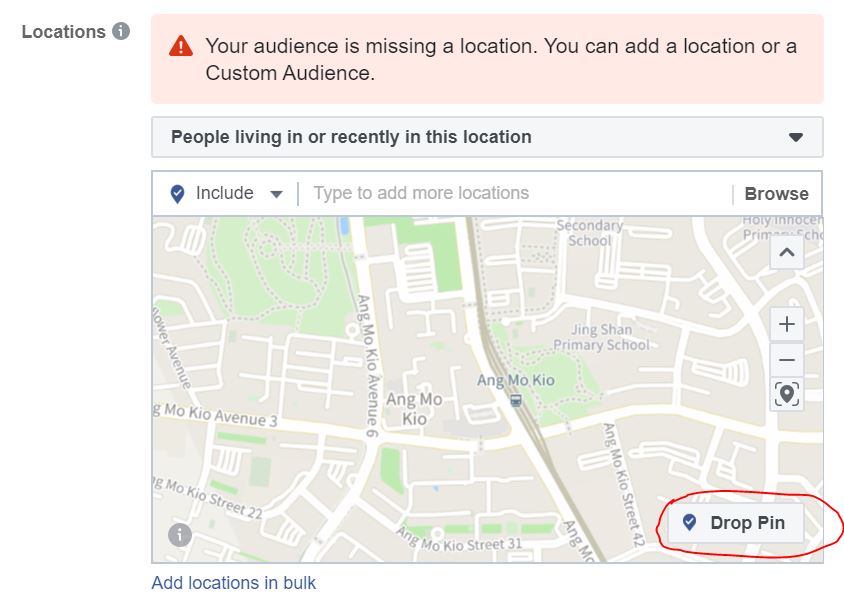
Assuming that your shop is in Ang Mo Kio Central, you can drop a pin and reach people living within a 1 km radius around your shop. Note that you have to adjust it accordingly.
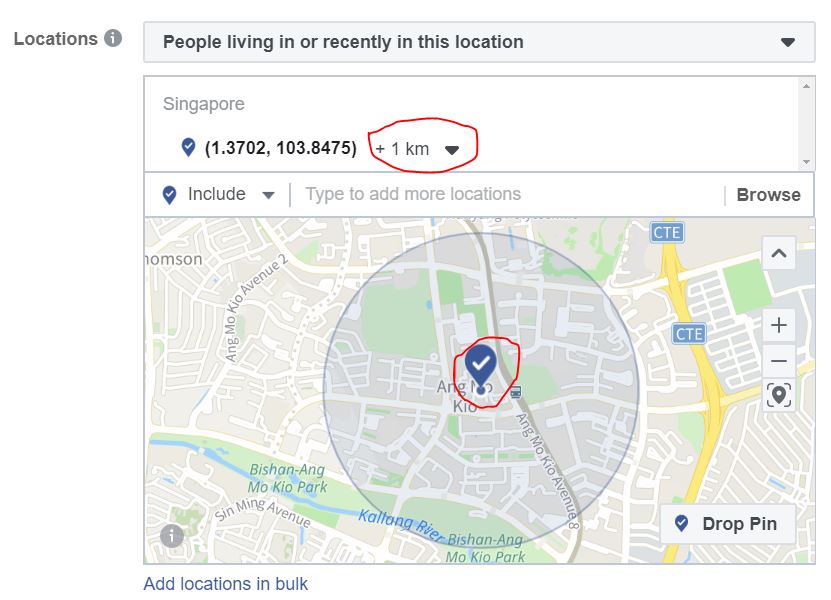
The other way to reach your targeted audience by location is to use your postal code. First, click on “Add locations in bulk” below.
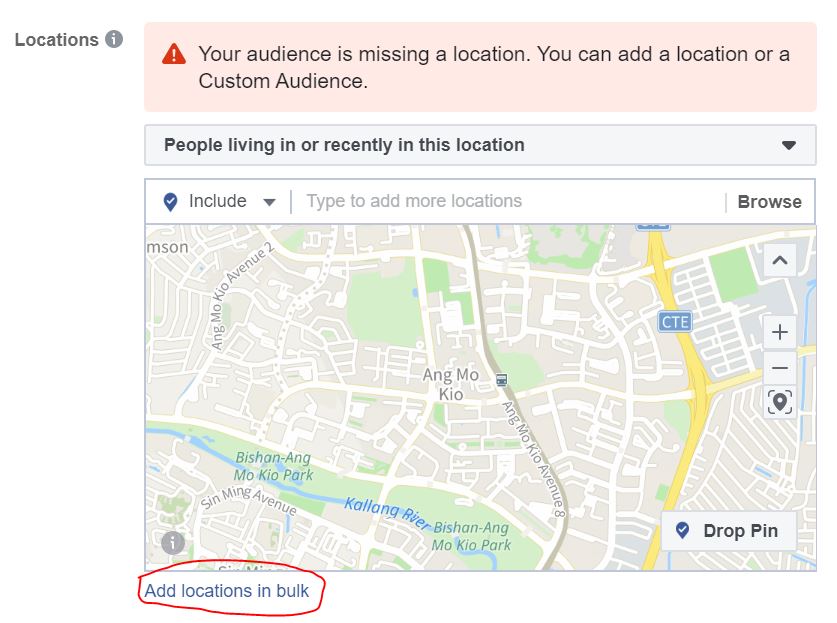
Next, choose the right format (Postal codes) and Country (Singapore).
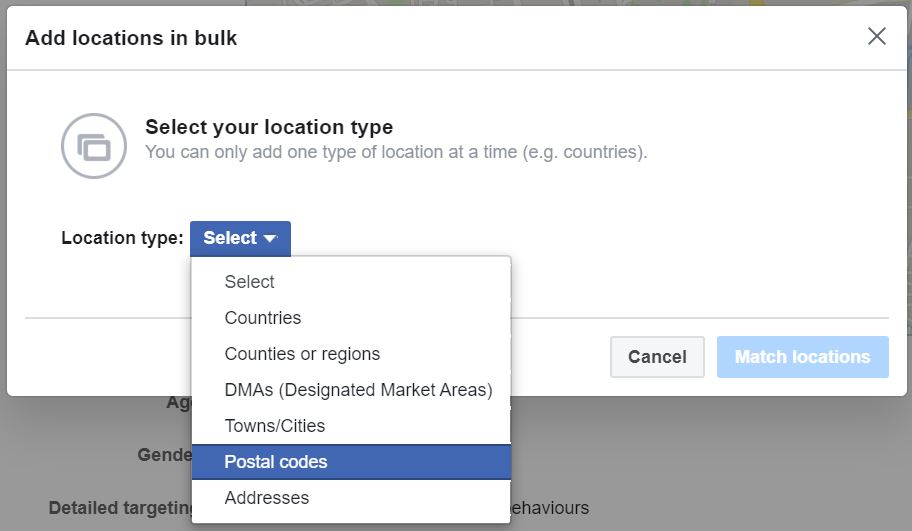
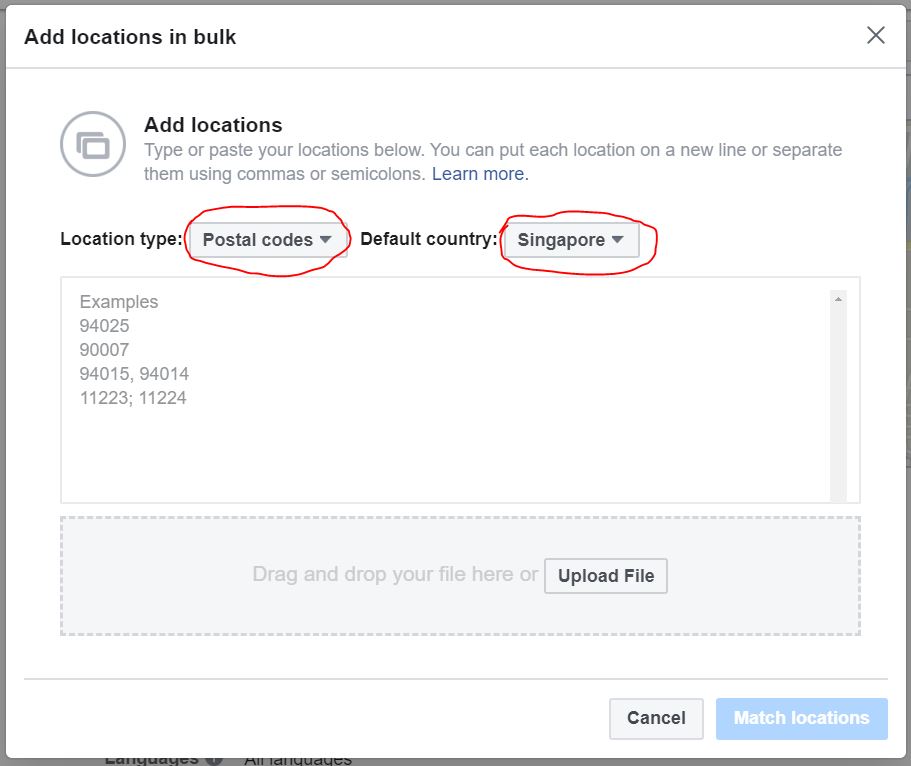
Find out the two-digit or six-digit postal code of the areas that you wish to target. You can use a tool like Wikipedia’s postal code selector to help. In this case, I’ll like to only focus on “Ang Mo Kio” and residents living in that area.
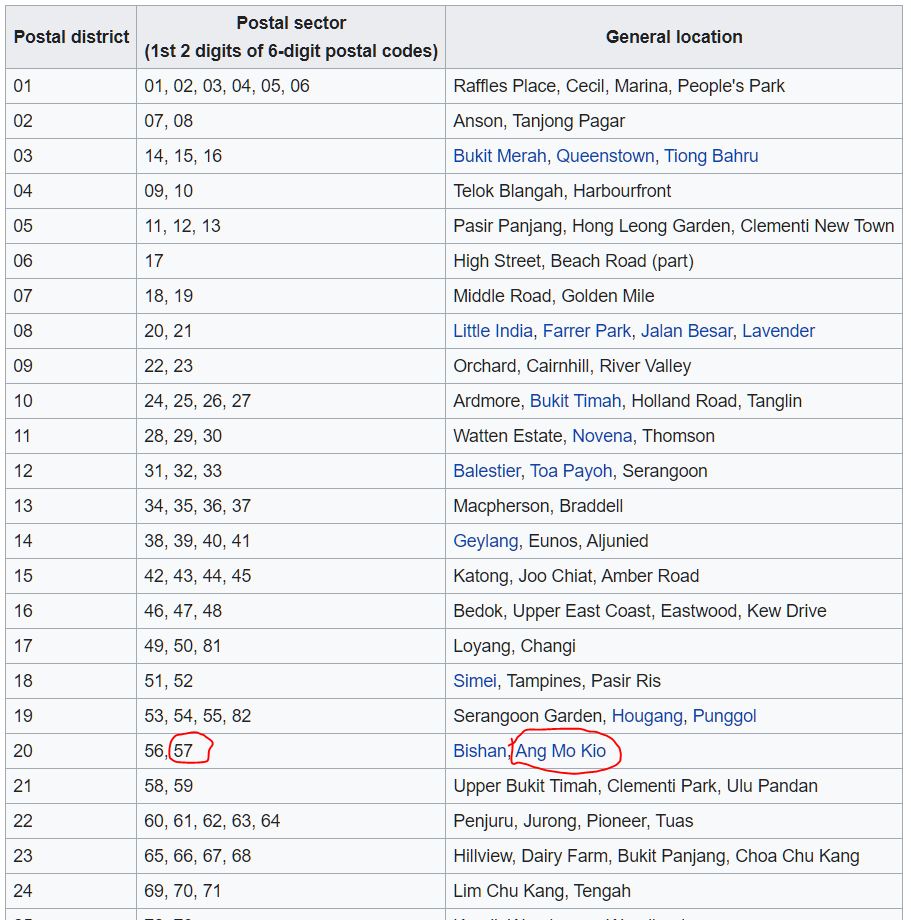
I’ll then key in the two-digital postal code (“57”) into the Ads Manager Locations window as shown, click on “Match Location” and then “Add Location”.
(Don’t worry if you don’t see the “Town/City” or “County/ Region” or “Country” being registered. Singapore is too small to be registered here!)
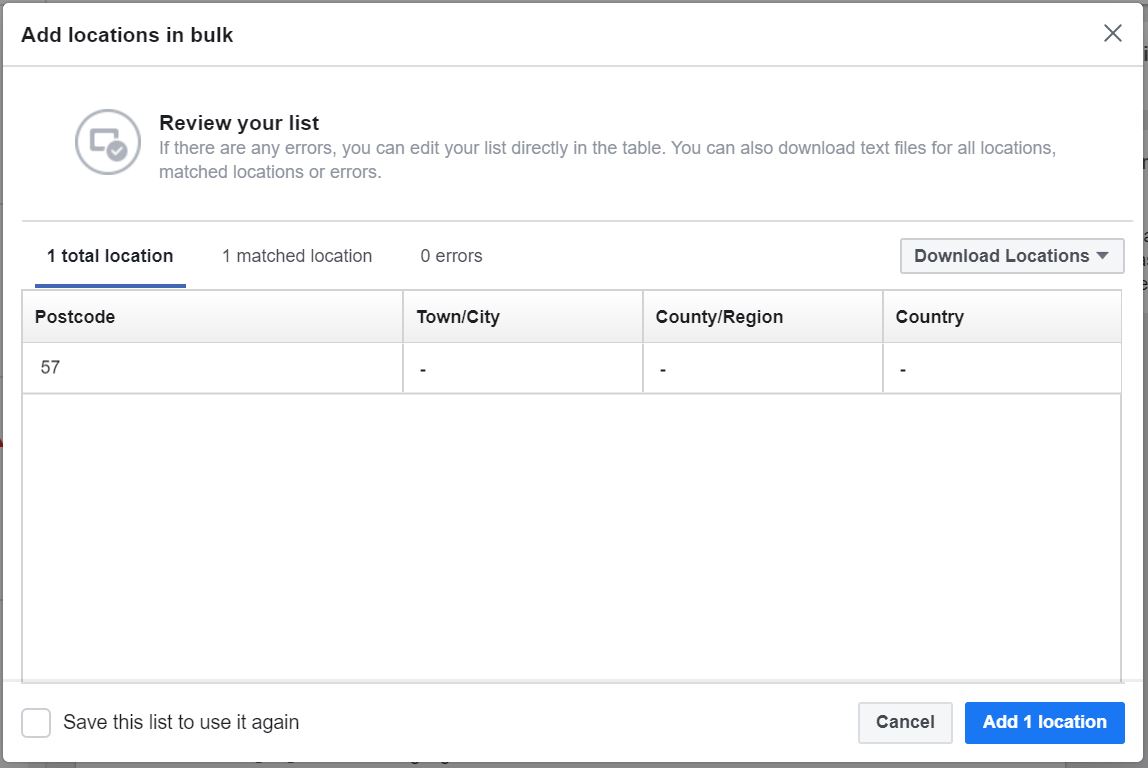
Once you click on Add location, the area targeted magically appears on the location map!
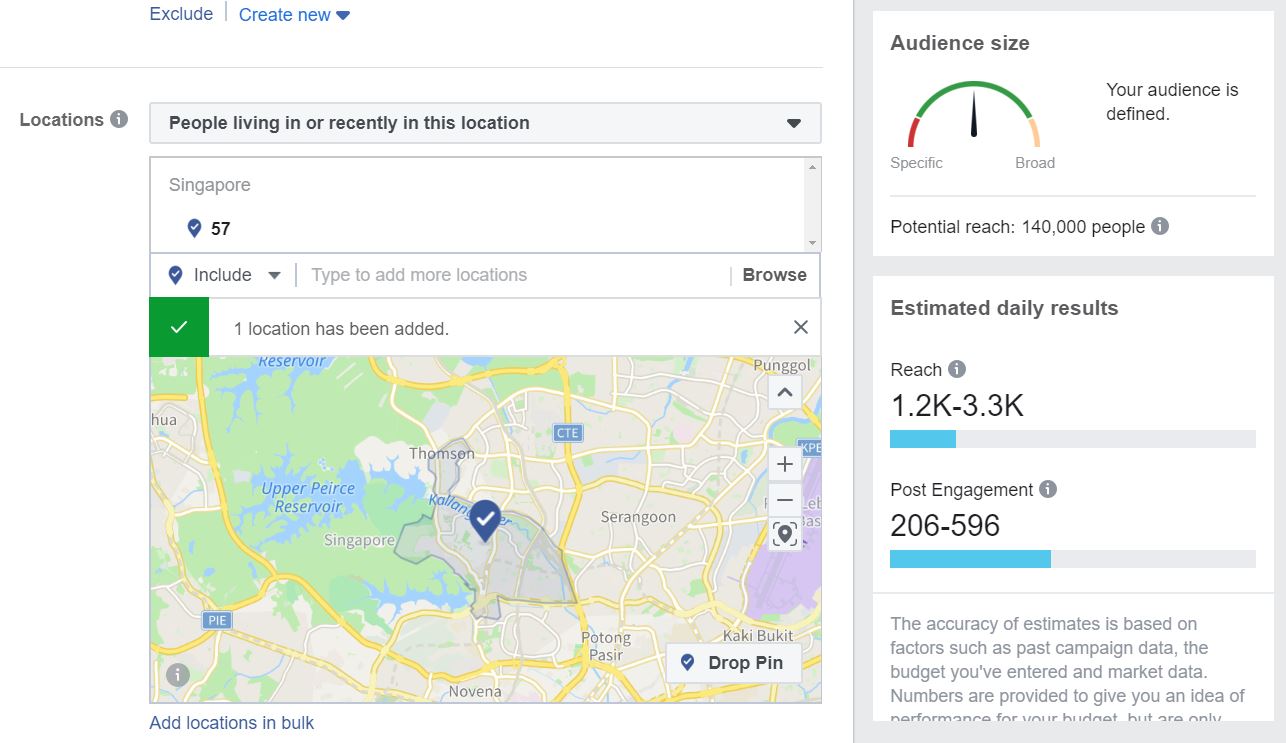
#2 Interest-based Targeting
If you’d like to zero in further on your local audience (assuming that your product or service has a very narrow band of customers), you can augment your efforts with interest-based targeting. On Facebook Ads Manager, you can get them in the box “Detailed targeting” as shown below.
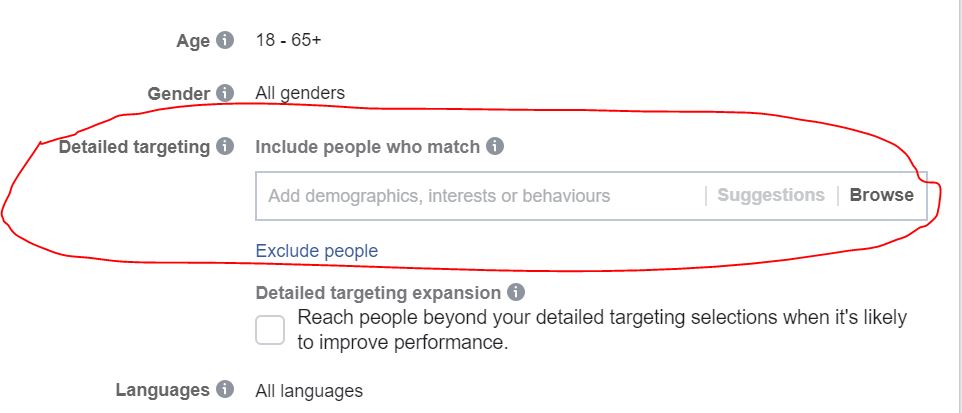
If I’m homing in on people who’d enjoy my freshly baked loaves, I’ll choose interests like “bread” “food” “breakfast” “tea” as well as perhaps famous bakery brands as shown below.
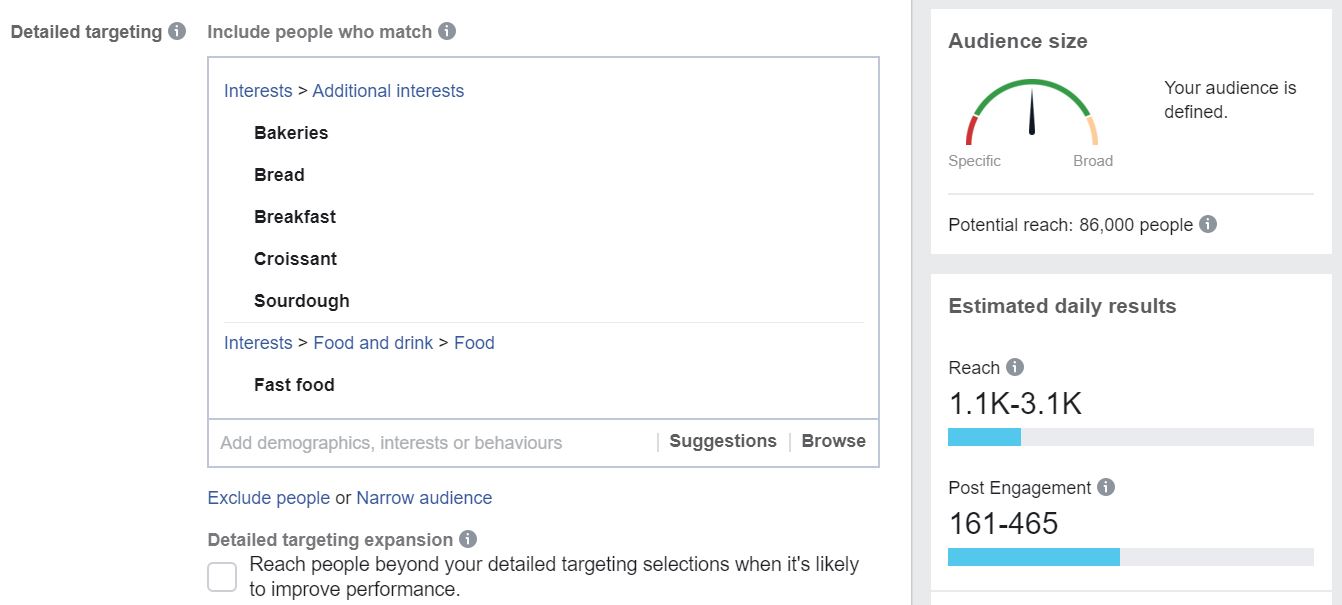
Now I’ve combined both location and interests to have an audience size of about 86,000 which is just about right for my bakery in Ang Mo Kio!
#3 Ensure Brand Visibility through Consistent Advertising
Finally, consider boosting or sponsoring your content every now and then to your audience so that they’re familiar with your brand. This could be by putting in $20 to $30 to boost every single post, with a larger amount ($150 to $300) for more promotional/ sales-focused posts.
Doing so will help your audience to gain a better awareness and appreciation of your brand.
Conclusion
And there you have it, a step-by-step social media content and marketing strategy for your local business!
I hope that you found this guide useful. Do share it with your friends and family members who own or manage shops located in specific vicinities in Singapore.
This post was inspired by content from a Social Media Marketing podcast featuring Ally Boyd. Do check out the article and subscribe to the Social Media Marketing podcast for the best information on social media marketing.
Wish to Boost Your Local Marketing Efforts?
Fill in the contact form below and let us know how we can help you to amplify and transform your local social media marketing efforts!
